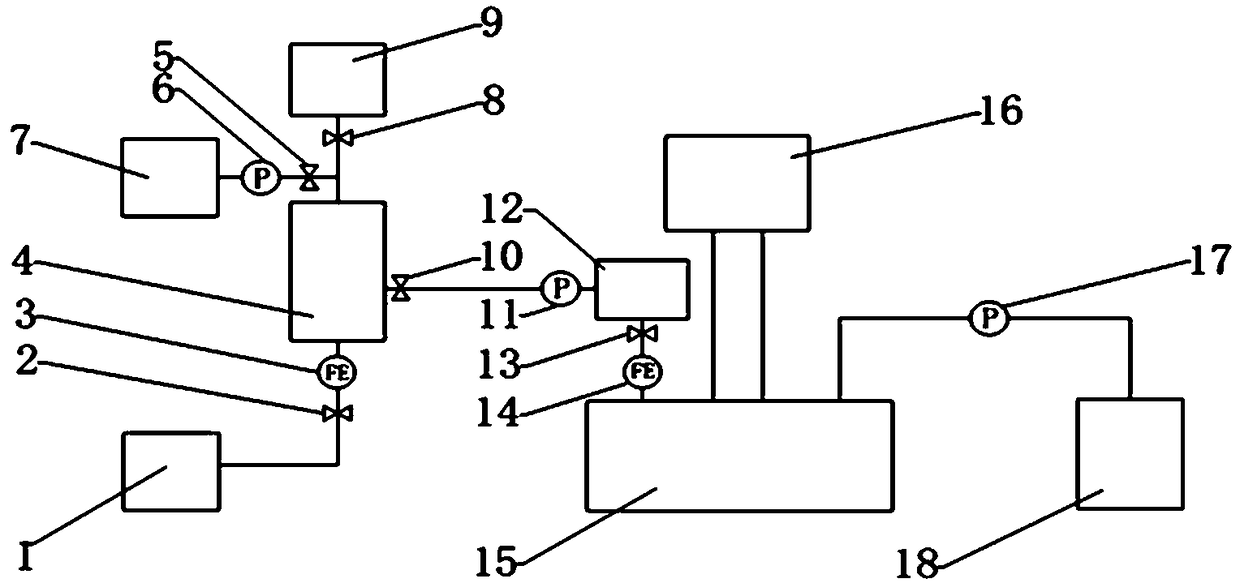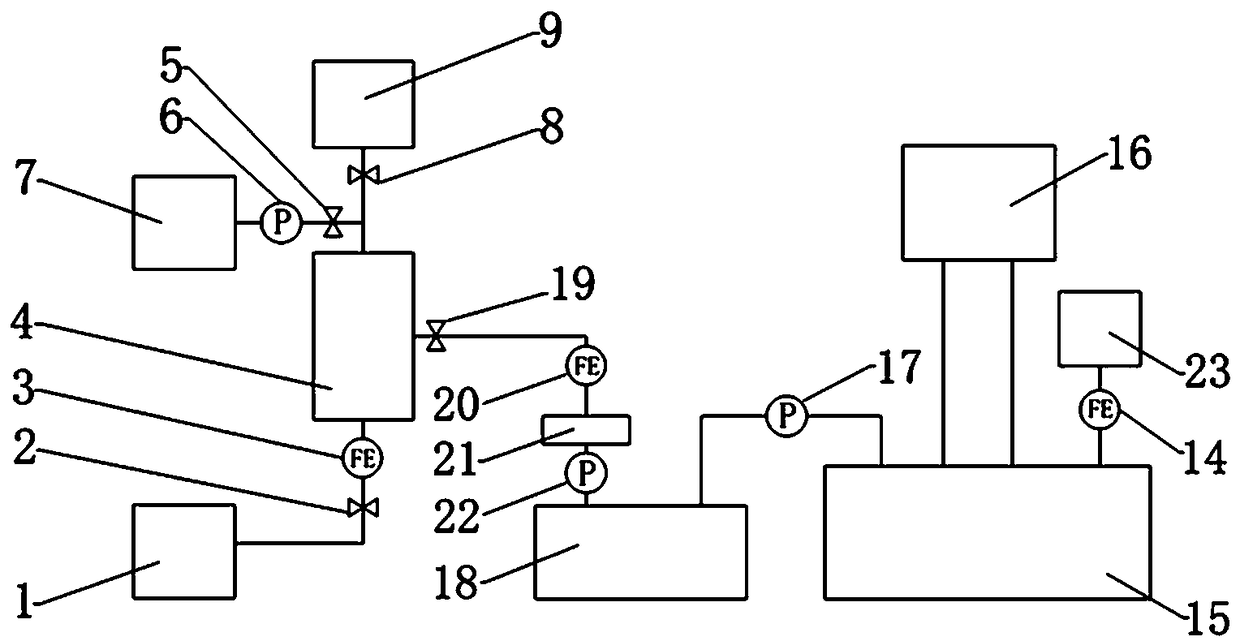Microalgae cell biomass detection system for ship ballast water and method
A technology for ships' ballast water and microalgae cells, which is applied in the measurement of color/spectral characteristics, etc., can solve the problem of low concentration of living aquatic organisms, and achieve the effects of convenient operation, fast and efficient detection process, and simple device structure
- Summary
- Abstract
- Description
- Claims
- Application Information
AI Technical Summary
Problems solved by technology
Method used
Image
Examples
application example 1
[0089] The present invention is applied to a ship's ballast water online monitoring system, and corresponding detection devices are installed on the ship to detect the concentration of plankton in the ballast water in real time according to the use requirements, so that relevant personnel can have a better understanding of the ballast water in the ballast tank. An intuitive understanding that meets the needs of real-time monitoring. It can also realize the regular automatic detection function, set the detection cycle, and automatically store the detection results. When the detection results are unqualified, it will automatically alarm the personnel in charge, and the staff will intervene and further process the ballast water.
application example 2
[0091] The present invention is applied to a rapid detection system on site, and is suitable for the requirement of rapid detection of ballast water of maritime law enforcement departments. The relevant equipment required by the present invention is integrated into a set of portable detection devices. Maritime law enforcement officers can use this equipment to efficiently and conveniently detect whether the ship's ballast water meets the discharge standards at the law enforcement site, reduce the difficulty of detection by maritime law enforcement personnel, and at the same time greatly reduce Detection time.
[0092] In summary, the present invention utilizes spectrophotometry to calculate the concentration of chlorophyll a in ballast water, and then converts the concentration of living biomass; multiple groups of absorbance data can be obtained through repeated measurement at a higher frequency, and through statistical analysis of these data, effective Reduce and improve the...
PUM
| Property | Measurement | Unit |
|---|---|---|
| absorbance | aaaaa | aaaaa |
Abstract
Description
Claims
Application Information
 Login to View More
Login to View More - R&D
- Intellectual Property
- Life Sciences
- Materials
- Tech Scout
- Unparalleled Data Quality
- Higher Quality Content
- 60% Fewer Hallucinations
Browse by: Latest US Patents, China's latest patents, Technical Efficacy Thesaurus, Application Domain, Technology Topic, Popular Technical Reports.
© 2025 PatSnap. All rights reserved.Legal|Privacy policy|Modern Slavery Act Transparency Statement|Sitemap|About US| Contact US: help@patsnap.com



